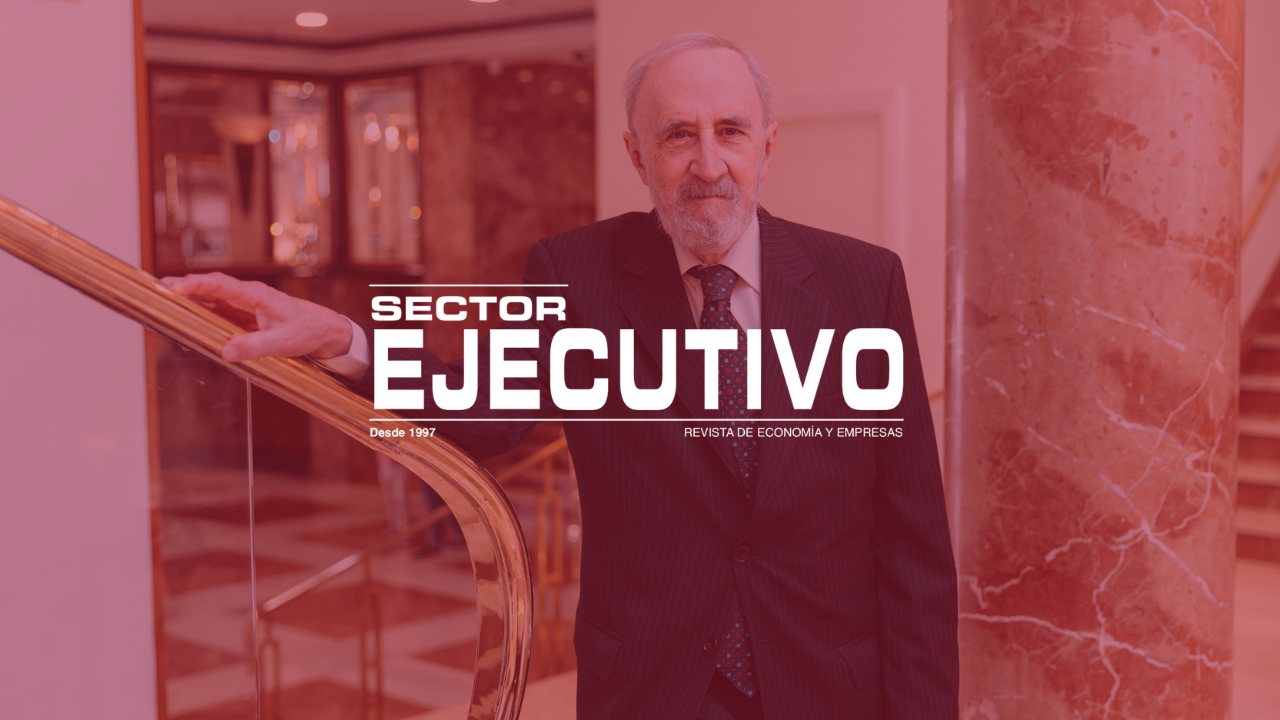Without a doubt, the rise of the minimum wage to 950 euros is one of the most relevant news of this 2020. Its detractors consider that its existence, on certain occasions, can produce clearly negative effects on an economy, and end up causing the opposite of what is desired: harming the weakest sectors of society, condemning them to unemployment.
In order to explain and reason the controversial elimination of the minimum wage, which is frowned upon in today’s society, we must start from a simple premise: if the monthly contribution made by the employee to the company does not exceed the amount of this salary, then the employer will choose to dismiss him. This postulate is, perhaps, the one that, in a more synthetic way, can reflect the need to suppress what is still another market price. However, this simple and isolated argument is not very valid to clarify why the artificial increase or decrease of the minimum wage, besides the harmful unemployment it may generate, would entail multiple other pernicious effects that, for sure, its defenders would only wish to their worst enemy. What those who propose that it should increase do not seem to know is that, in this case, its worst enemy would be none other than the poorest and most vulnerable people in society. Let’s see why.
Results of a rise in the minimum wage
In fact, the group that will be worst off from such a rise will be the weakest (young people, immigrants, the disabled…), because they have lower productivity. It is necessary to bring up the 2013 report of the Bank of Spain that, without detours, warned that those workers who supposedly benefited from the minimum wage would be twice as likely to be dismissed as those who were not affected.
However, the destruction of jobs is only one of the possible consequences of the raise of the minimum wage. There are other possible consequences that should be highlighted:
- Job creation could also be slowed down in the future: even if jobs were not destroyed, the rising cost of labour indirectly favours their replacement by machines. However, this would not be the most feared effect, because in order to produce such machines, labour is also needed; thus, the jobs that would be eliminated by automation would – most probably – be recovered through this channel. In this respect, Henry Hazlitt, in Chapter VI of «Economics in a Lesson», gives the following warning: «The manufacturer must employ his extraordinary profit in one of these three ways and possibly will employ some of it in all three: 1) expansion of his facilities, with acquisition of new machines to make more coats; 2) investment in any other industry; and 3) increase in his own consumption. Any of these three possibilities should produce demand for labour.
- Even if employers do not lay off workers, they could see their working hours reduced, so their income would shrink compared to what they were earning before the rise.
Let us remember that countries such as Singapore or Switzerland do not have minimum wages and yet they have almost full employment and salaries that are clearly higher than those in Spain.
The problem is not only those 50 euros more per month
Advocates of the increase in the MIS often rely on the apparently low impact of an additional EUR 50. But this means approaching the phenomenon from a very limited perspective. We must not lose sight of the fact that many other costs are directly and indirectly linked to it, such as the payment to the Social Security, the fourteen payments incorporated in the minimum wage, the expected cost of the dismissal and its consequent compensation, the month’s holiday and countless others. With an increase in the minimum wage of 50 euros, the annual cost for a small company is estimated at approximately EUR 1,000 per employee per year. Therefore, if an SME has a staff of six people, after the increase, it will not only have to face 700 euros more per year per worker, but 1,000 more per worker: in total, 6,000 euros per year more. This is unbearable for many.
The minimum wage is a redistributive policy from poor to poor
To all those who still reject the proposal to eliminate the minimum wage, I invite you to answer a rhetorical question, which many liberals use: «What minimum wage would you impose on your worst enemy? If one sets a minimum wage of 0 euros on an employer who earns 10,000 euros a month, he would continue to earn the same. It would be irrelevant. On the other hand, if we set a very high minimum wage (for example, one million a month), he would most likely lose his job and be unable to work. Then, those who advocate raising the minimum wage (and not reducing it to 0 euros) have as their worst enemy the poorest and neediest, who will ultimately be hurt the most by laws that attempt to set higher wages. Something, at least, paradoxical. Let us remember that the minimum wage does not cease to consist of the minimum amount for which one can or is authorised to work in a salaried capacity in a country.
On the other hand, the best way to define the laws of the minimum wage is as «a redistributive policy from poor to poor». Of those affected by its increase, a few would be paid a little more, and others would lose their jobs because of it. The wage bill, therefore, would not be clearly affected. Every cloud has a silver lining.
How can we raise wages and benefit everyone?
This question brings us to the key point. Politicians cannot raise the wages of the population across the board. They have to rise in step with the times:
- Of the creation of companies
- Favouring private investment
- Hiring new workers, for which more facilities must be provided (making the labour market more flexible)
When there is a lot of employment, any additional hiring that employers want to do will motivate wages to grow. As the law of supply and demand explains, if there are few workers available and many companies want to hire, wages will necessarily tend to rise naturally.
So the solution could be:
- Encouraging (private) savings
- Promoting investment
- Facilitating capital accumulation
- And through such an accumulation of capital, favour the productivity of the workers.
Ultimately, this higher productivity will be the one that, in the framework of a free market economy, will allow wages to grow year by year. However, in order to achieve this, a prior achievement is required: to put an end to the high unemployment rate in Spain. Thus, employers will have a minimum of incentives to increase productivity.
What has happened in 2019 with the past rise of the minimum wage?
The Bank of Spain, misinterpreted by many PSOE and Podemos politicians, predicted that the increase in the minimum wage could destroy 125,000 jobs. By this it meant that the economy would stop creating that number of jobs because of this measure.
In this sense, the employment and unemployment figures in 2019 have been considerably worse than in previous years. 360,000 new jobs were created (according to the EPA), but that is 70,000 less than the previous year. Likewise, 2019 was the year in which fewer jobs were created since 2014.
The data provided by Social Security is even less optimistic. The number of its members in 2019 increased by 385,000, but 183,000 fewer have joined since the previous year.
Thus, it should be asked why job creation has slowed down so much in 2019. There are two hypotheses:
- The less optimistic one for staunch minimum wage supporters indicates that the economic slowdown is entirely due to the rise in the minimum wage.
- The more optimistic one understands that at least part of the economic slowdown is due to this rise.
In any case, there are very few economists who completely rule out the variable «rise in the minimum wage» in their analysis to explain such an economic slowdown. To a greater or lesser extent, it is always behind this fact.
Unemployment in 2019 fell by 112,000 people, while in 2018 it had fallen by 462,000 (according to the latest EPA, published on January 28, 2020). Paradoxical as it may seem, the smaller contraction in unemployment is due to the decline in job creation, which points directly to the rise in the minimum wage.
Conclusions
In order to study this measure, we have to take into account these premises:
- Employers must pay a social security contribution for their employees (about 3,800 euros per year per worker)
- There’s a month’s vacation
- Wage level is linked to productivity
This makes the actual cost of an employee to an employer per month about 65 percent higher than the minimum wage. So the minimum wage must necessarily produce a lot more if it does not want to be left out of the labour market.
If it is not eliminated completely, it should be increased without ever losing sight of the productivity of the workers concerned and their employability, so as to avoid adverse effects.
As we have already explained, the rise in the price could mean that the businessman:
- Dismisses those workers with lower productivity than the minimum wage and its additional costs.
- Try to compensate for such an increase by making his employees work more intensively.
- He may withdraw some of the salary supplements that those workers had.
A separate mention is required for monopsonies (those markets in which a company manages or controls the labour market and can therefore remunerate its workers below their productivity). In these markets, the increase in the minimum wage can be beneficial, but there is a risk that it will be overdone and that employees will end up earning more than they produce, in which case the employer may choose to use one – or several – of the three actions mentioned.
In any case, the rise in the minimum wage only affects a residual group of the population (2.4 percent of the total number of workers, to be precise) and, moreover, in many sectors of the economy collective agreements already set higher wages than that.
For all these reasons, we can see that the increase in the minimum wage can cause very adverse effects that those who defend it do not even want.






